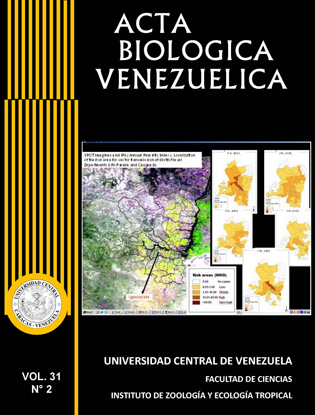INTEGRATING SPACE TECHNOLOGIES IN PUBLIC HEALTH SURVEILLANCE PROGRAMS: FROM THEORY TO OPERATION
Palabras clave:
surveillance, space technologies, remote sensing, transdisciplinary science, public health, epidemiology, review.Resumen
There seems to be a notable gap in the operational integration of space technologies within public health organizations in most parts of the world. This is in contrast with the significant increase in activities over the past ten years by a wide array of scientists to specifically address public health and epidemiological issues linked with environmental determinants. This reflects not only the sizeable challenge of transdisciplinary collaborations among scientists and organizations with different mandates, but also speaks directly to the need to explicitly frame the integration of space technologies into recognized public health surveillance functions and in synergy with other fast developing medical diagnostic (i.e. genomics, nanotechnology), analytical (i.e. Geographic Information Systems, modeling) and information (i.e. internet based data capture and alert systems) technologies. After nearly 40 years of documenting the possible contributions of these technologies to enhance public health research and health surveillance, a sustained effort must now be put towards demonstrating the added-value of functional, cost-effective and operational solutions with measurable effects on public health functions and outcomes.


